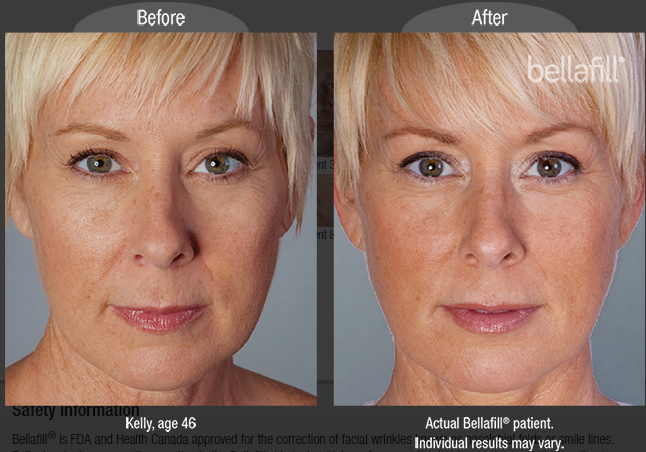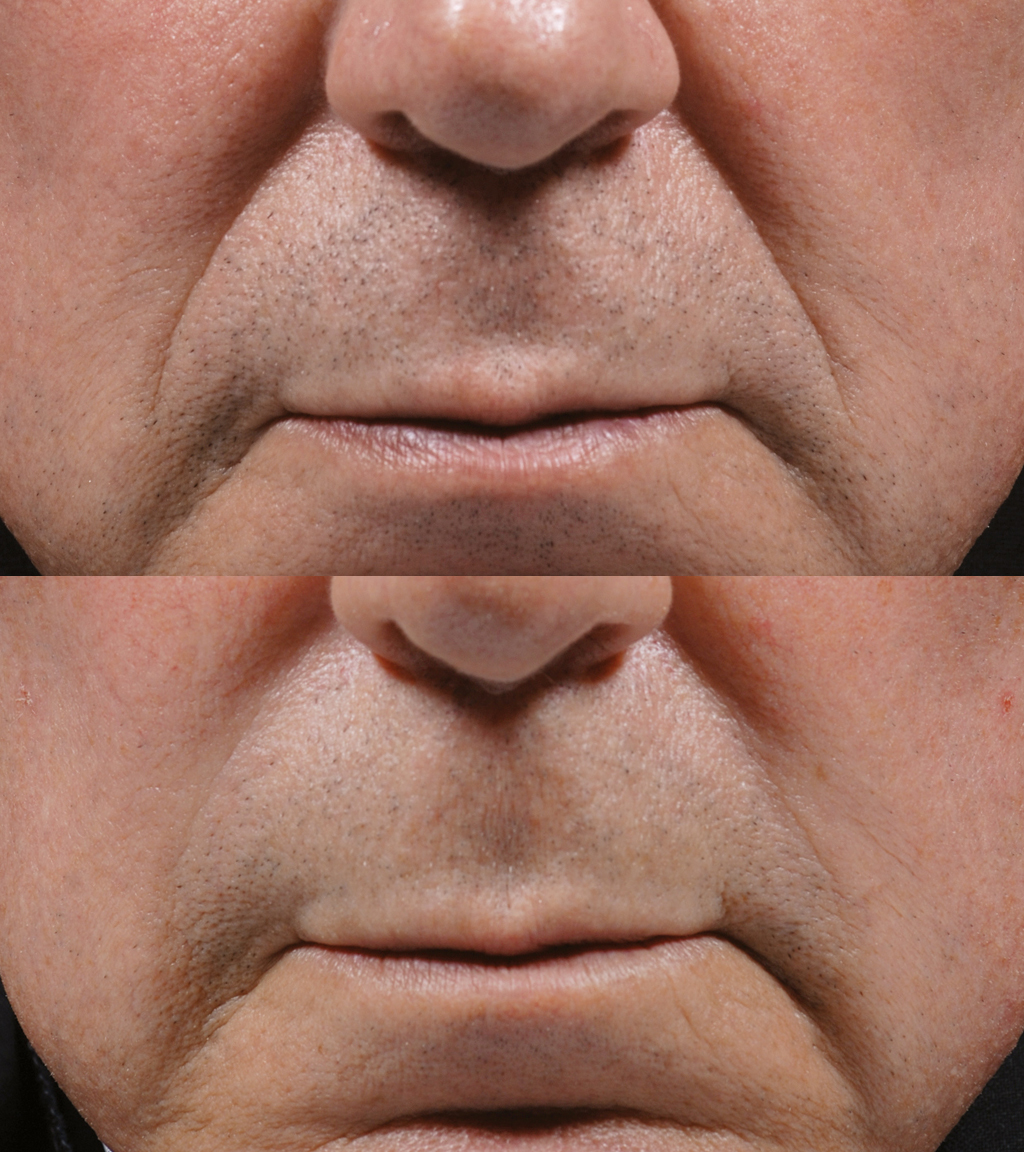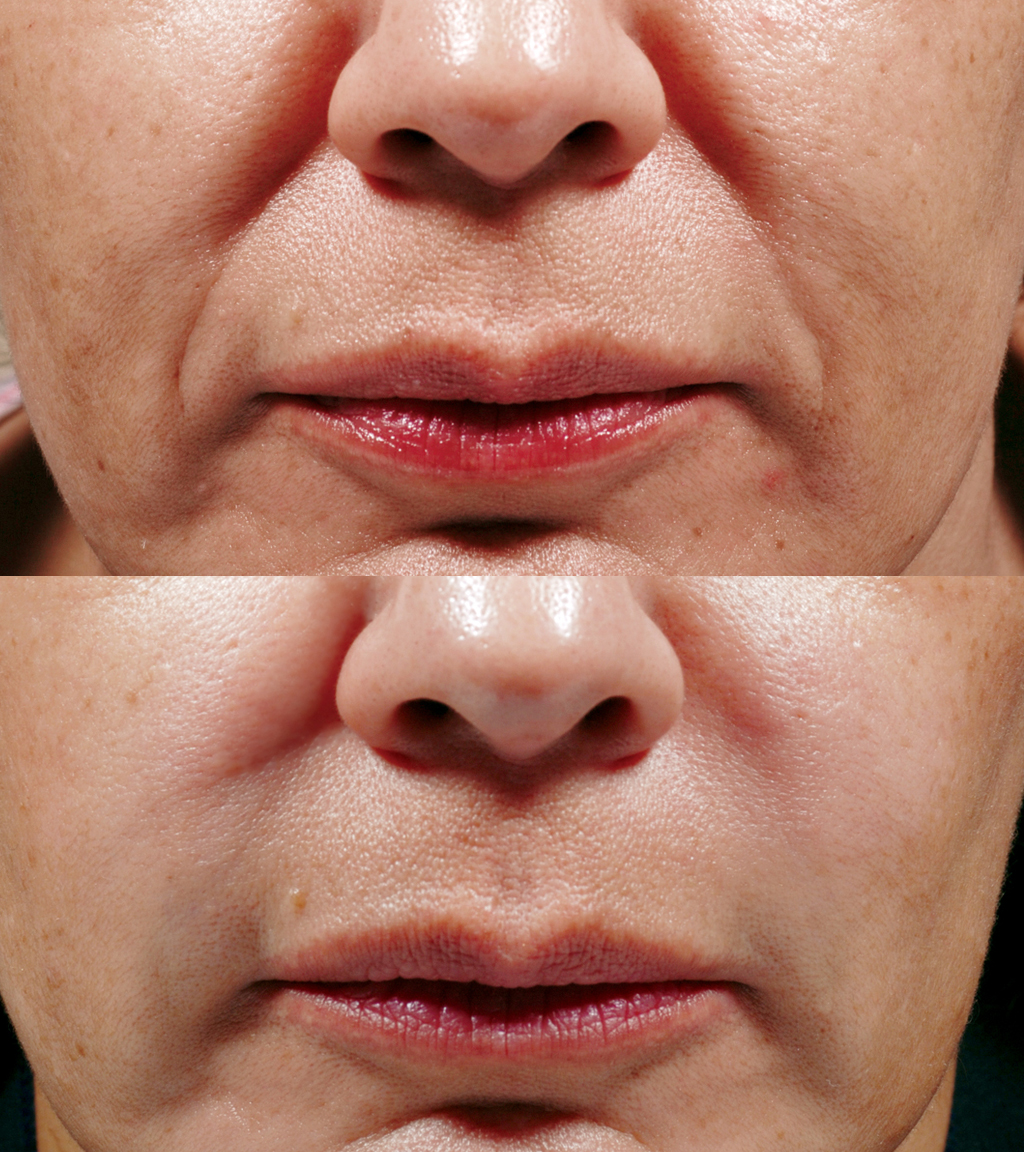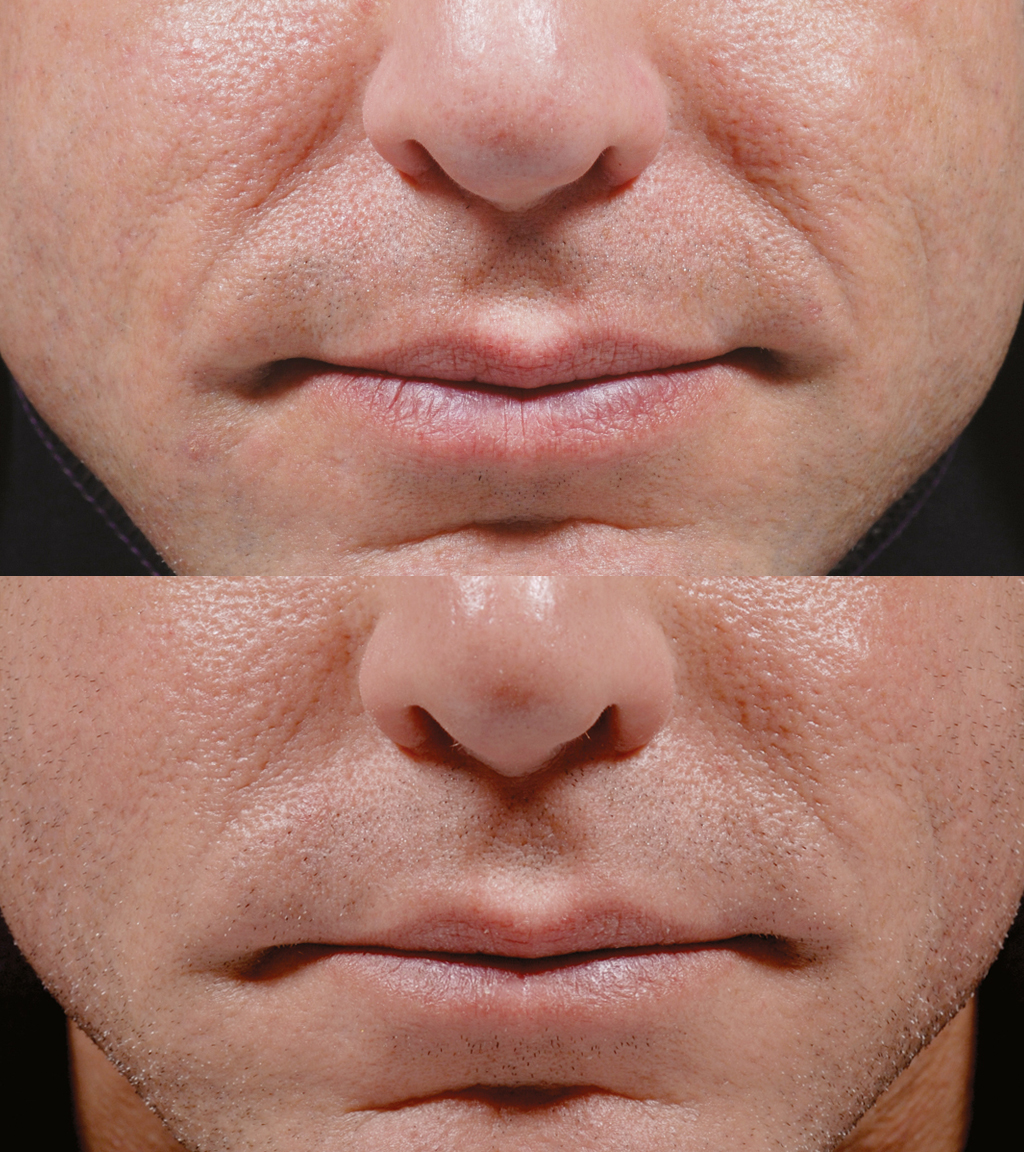
Table of Contents
Dermal Fillers Nasolabial Folds: Long Lasting Solution to Smile Lines
What Are Nasolabial Folds?
Nasolabial folds, also known as laugh lines or smile lines, are deep wrinkles stretching from the nose’s edges to the corners of the mouth. They become more prominent with age and can significantly affect the face’s appearance.
Poly-L-lactic Acid Fillers
Polylactic acid fillers stimulate the body’s natural collagen production over time. They are used for deeper lines and folds and provide long-lasting results by gradually improving skin texture and volume.
Polymethylmethacrylate (PMMA) Fillers
PMMA fillers consist of tiny synthetic beads suspended in a collagen gel. They provide a semi-permanent solution for deep wrinkles and folds, offering immediate and long-term results.
Book Your Free Consultation Today Or Call (647) 560-9233
By providing your phone number you agree to receive informational text messages from laserskin.ca. Consent is not a condition of purchase. Message frequency will vary. Msg & data rates may apply. Reply HELP for help or STOP to cancel.



Benefits of Using Dermal Fillers for Nasolabial Folds
Immediate Results
Dermal filler treatments are renowned for providing instant results. Patients typically observe a substantial improvement in their skin’s appearance immediately following the treatment.
Non-Surgical Procedure
Dermal fillers offer a non-surgical approach to facial rejuvenation. The procedure involves minimal downtime, allowing patients to resume their daily activities shortly after treatment.
Natural-Looking Outcomes
When administered by expert injectors, dermal fillers can achieve natural-looking results. The fillers enhance the facial contours without making the skin look overly plumped or artificial.
Reversibility (for Certain Fillers)
Hyaluronic acid fillers are reversible. If a patient is unsatisfied with the results, an enzyme known as hyaluronidase can be administered to break down the filler.
The Procedure
Pre-Treatment Consultation
Before undergoing dermal filler treatment, a consultation with a cosmetic doctor or dermatologist is essential. During this consultation, the practitioner will review the patient’s medical history, discuss their goals, and determine the optimal treatment plan to reach the desired outcomes.
Step-by-Step Process:
- Cleansing: The treated area is cleaned to remove any makeup or impurities.
- Numbing: A numbing cream or local anesthetic may reduce discomfort.
- Injection: The dermal filler is precisely injected into the nasolabial fold area with a fine needle or cannula.
- Massage: The treated area is gently massaged to ensure even filler distribution.
Duration of the Procedure
The procedure duration usually ranges from 15 to 30 minutes, depending on the type of filler and the treatment areas.
What to Expect During the Treatment
Patients might feel mild pinching or pressure during the injections. Redness or swelling can appear right after the treatment, but these effects typically subside quickly.
Side Effects and Risks
Common Side Effects: Typical side effects from dermal filler treatments include redness, swelling, bruising, and tenderness at the injection site, which are usually mild and resolve within a few days.
Serious Complications
Though rare, serious complications can occur, such as infection, allergic reactions, or vascular occlusion (blockage of blood vessels). To minimize these risks, seeking treatment from experienced medical professionals is crucial.
Managing Side Effects
Applying ice packs, avoiding strenuous activities, and following the practitioner’s aftercare instructions can help manage side effects and promote healing.
Post-Treatment Care
Immediate Aftercare
Patients should refrain from touching or massaging the treated area for at least 24 hours. Ice packs can be used to alleviate swelling and bruising.
Long-Term Maintenance
To maintain the results of dermal filler treatments, patients should follow a healthy skincare routine and protect their skin from excessive sun exposure.
Follow-Up Sessions
Regular follow-up sessions with the practitioner can help monitor the results and determine when additional treatments or touch-ups are needed.
Effectiveness and Longevity
How Long Do Results Last?
The longevity of dermal filler results varies depending on the type of filler used. Hyaluronic acid fillers generally remain effective for 6 to 18 months, whereas calcium hydroxylapatite and poly-L-lactic acid fillers can last as long as two years. PMMA fillers, on the other hand, can provide results that last up to 5 years. The longevity of these treatments can be influenced by the patient’s age, skin type, lifestyle, and the amount of filler applied.
When to Schedule Touch-Ups
Patients should schedule touch-up treatments as needed to maintain the desired results. Regular consultations with the practitioner help determine the optimal timing for touch-ups.
Comparing Dermal Fillers to Other Treatments
Botox vs. Dermal Fillers
While Botox targets the muscles that create wrinkles to provide relaxation, dermal fillers focus on adding volume to smooth out wrinkles and creases. Botox is typically used for dynamic wrinkles, while fillers are better for static wrinkles and volume loss.
Laser Treatments vs. Dermal Fillers
Laser treatments use focused light to improve skin texture and tone, while dermal fillers provide immediate volume and wrinkle reduction. Both treatments can be complementary, addressing different aspects of skin aging.
Surgical Options vs. Dermal Fillers
Surgical options, such as facelifts, provide more dramatic and long-lasting results but involve higher costs, longer recovery times, and more significant risks. Dermal fillers offer a less invasive alternative with immediate results and minimal downtime.
Choosing the Right Practitioner
Qualifications and Certifications
It is crucial to choose a practitioner with the appropriate qualifications and certifications. Look for board-certified dermatologists, plastic surgeons, or cosmetic doctors with extensive experience in dermal filler treatments.
Questions to Ask During Consultation
During the consultation, patients should ask questions about the practitioner’s experience, filler types, expected results, and potential risks.
Importance of Reviews and Testimonials
Reviews and Testimonials
Examining reviews and testimonials from previous patients can provide useful information about the practitioner’s proficiency and the level of care provided.
Cost of Dermal Filler Treatments
Price Range for Different Fillers
Hyaluronic acid fillers usually cost $500 to $1,000 per syringe, while calcium hydroxylapatite and poly-L-lactic acid fillers can cost $600 to $1,500 per syringe. PMMA fillers are usually more expensive, costing up to $2,500 per treatment.
Insurance and Financing Options
Dermal filler treatments are generally considered cosmetic and not covered by insurance. Many clinics provide financing options to help make treatments more budget-friendly.
Q&A on Bellafill for Nasolabial Folds
What is Bellafill, and how does it treat nasolabial folds?
Bellafill is a long-lasting dermal filler used to treat nasolabial folds, commonly known as smile lines. It comprises two main components: polymethyl methacrylate (PMMA) microspheres and bovine collagen. The collagen provides volume and lift to the treated area, while the PMMA microspheres create a scaffold supporting the body’s collagen production over time. This dual action helps smooth out deep lines and wrinkles, providing natural-looking results lasting up to five years.
How long do the effects of Bellafill last for nasolabial folds compared to other fillers?
Bellafill offers significantly longer-lasting results than many other dermal fillers. While most hyaluronic acid fillers last between 6 and 18 months, the effects of Bellafill can last up to five years. This extended duration is due to the PMMA microspheres, which stimulate collagen production long after the initial treatment. As a result, patients can enjoy sustained improvements in the appearance of their nasolabial folds without frequent touch-ups.
What are the potential side effects and risks associated with Bellafill?
Bellafill has potential side effects and risks like all medical treatments. Bellafill treatments may lead to common side effects like temporary redness, swelling, bruising, and discomfort at the injection site. Rarely, patients might experience lumps, granulomas, or allergic reactions. To mitigate these risks, selecting a well-trained and experienced practitioner is essential. It is also advisable to conduct a skin allergy test before treatment to check for sensitivities to bovine collagen.
Who is a good candidate for Bellafill treatment for nasolabial folds?
Suitable candidates for Bellafill are those with moderate to severe nasolabial folds who desire a lasting solution. They should be generally healthy and have realistic expectations about the treatment results. During the consultation, candidates must share their full medical history, including allergies, skin conditions, or previous filler experiences, to determine if Bellafill is appropriate.
What can I expect during and after a Bellafill treatment session?
In a Bellafill treatment session, the area is cleaned and prepared, and a local anesthetic may be applied to minimize discomfort. Bellafill is injected into the nasolabial folds using a fine needle or cannula. The procedure generally lasts about 30 minutes. Afterward, patients might notice mild swelling or bruising, which usually fades within a few days.
Strenuous activities and excessive sun exposure should be avoided for at least 24 hours after the procedure. Results are immediately visible, with continued improvement as the PMMA microspheres stimulate collagen production. Regular follow-ups with the practitioner ensure the best long-term results.
Conclusion
Summary of Key Points
Dermal fillers offer a practical, non-surgical approach to minimizing nasolabial folds and enhancing a youthful look. With different types of fillers on the market, patients can select the one that best aligns with their specific needs and objectives.
Final Thoughts on Dermal Fillers for Nasolabial Folds
When applied by skilled medical professionals, dermal fillers deliver quick results, require minimal recovery time, and produce natural-looking effects. Patients must consult a seasoned practitioner to create a tailored treatment plan and achieve optimal outcomes.
